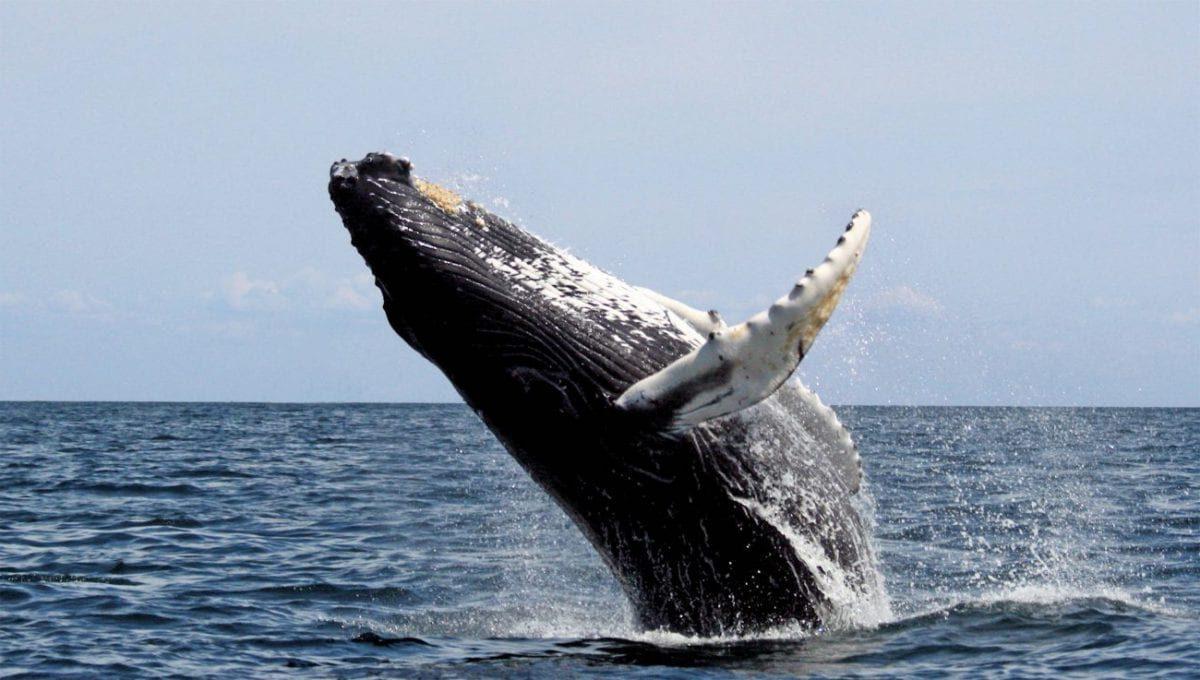Lun - Sab 10:00 – 17:00

Cetaceans are among the most difficult mammals to study from a behavioral (therefore ethological) point of view since they spend much of their existence under the surface of the water, re-emerging only during the respiratory act, making any human monitoring complicated.
The efforts of researchers, however, allow us to gradually understand many of their secrets and to become part, in a discreet way, of their secret world. Naturalists and biologists, using hydrophones, satellite transmitters, but above all by spending many hours at sea observing mainly whales and dolphins, are able to study and interpret some of their behaviour.
At the basis of the ethological study is primarily the analysis of social ties within the group. Members of the same group cooperate in carrying out activities such as fishing, defense, attack and protection of younger or weaker individuals. Some individuals within groups may have pre-established roles , for example some dolphins play the role of spy informants by exploring new areas and reporting the presence of dangers. The most long-lasting bond is certainly the mother-child bond, however the bond between two male individuals who have reached reproductive age is also very stable.
The Odontoceti are organized in matriarchal groups according to which the females, often of one or two generations, remain with the eldest dolphin. The young of both sexes and sub-adult females also belong to the groups of females. Sub-adult males, on the other hand, tend to form small autonomous groups, until they become independent at reproductive age.
The marked sociality of Cetaceans necessarily implies an equally great communicative capacity which manifests itself above all in Odontoceti.
These are in fact capable of producing a vast range of sound signals ranging from 500 to 25,000 cycles per second. The sounds are produced in the region of the nasal sacs and can be divided into 2 categories: frequency-modulated whistles and raspberries called BPS (Burst Pulsed Sounds), composed of a continuous and fast series of sounds.
Each species has typical vocalizations as well as a dialect typical of the specific group. The sounds, in addition to being used for communication (whistles), manifest emotions and moods (BPS), giving definitive proof of the existence of a social language; each sound signal corresponds to a precise response, both in terms of vocalizations and actions.
It is interesting to know that dolphins are able to produce typical and unique "signature whistles" for each individual specimen, allowing them to call each other by name and recognize each other.
Orcas, and not only them, are even able to develop a very particular 'dialect' typical of the group which allows specimens of the same community to communicate correctly with each other and to recognize 'foreign' individuals.
Among the most spectacular surface activities we find jumps, spins, splashes into the water , all behaviors that are difficult to interpret; perhaps they are dictated by dietary needs, reproductive needs or they are demonstrations of strength or they are simply exuberant games or a nice way to demonstrate to us humans their energy and vitality. The mistake not to make is to interpret their behaviors by making analogies with human behavior.
Most common behaviors : breaching (jumping into the air and falling back into the water with a dive), lobtailing (slapping the water with the caudal fin), spy-hopping (vertically emerging with the head out of the water to "take a spying look" ), Wake riding and Bow riding (swimming in the wake of ships and bow waves of boats).
Ethology is the study of animal behavior. It is a branch of biology that focuses on understanding the reasons why animals behave differently. Ethologists are interested in a wide range of topics, including communication, reproduction, nutrition, migration, and defense.
The first ethologists were Konrad Lorenz, Nikolaas Tinbergen and Karl von Frisch. These three scientists received the Nobel Prize in Physiology or Medicine in 1973 for their work on animal learning and behavior.
Ethologists use a variety of methods to study animal behavior. These methods include:
Ethology is an important discipline that helps us better understand the natural world. The results of ethological studies can be used to protect animals and their populations.
Here are some examples of animal behaviors that ethologists study:
Ethology is a fascinating discipline that helps us better understand the natural world and animal behavior.
Come with us on velatrekking to discover more about cetaceans.